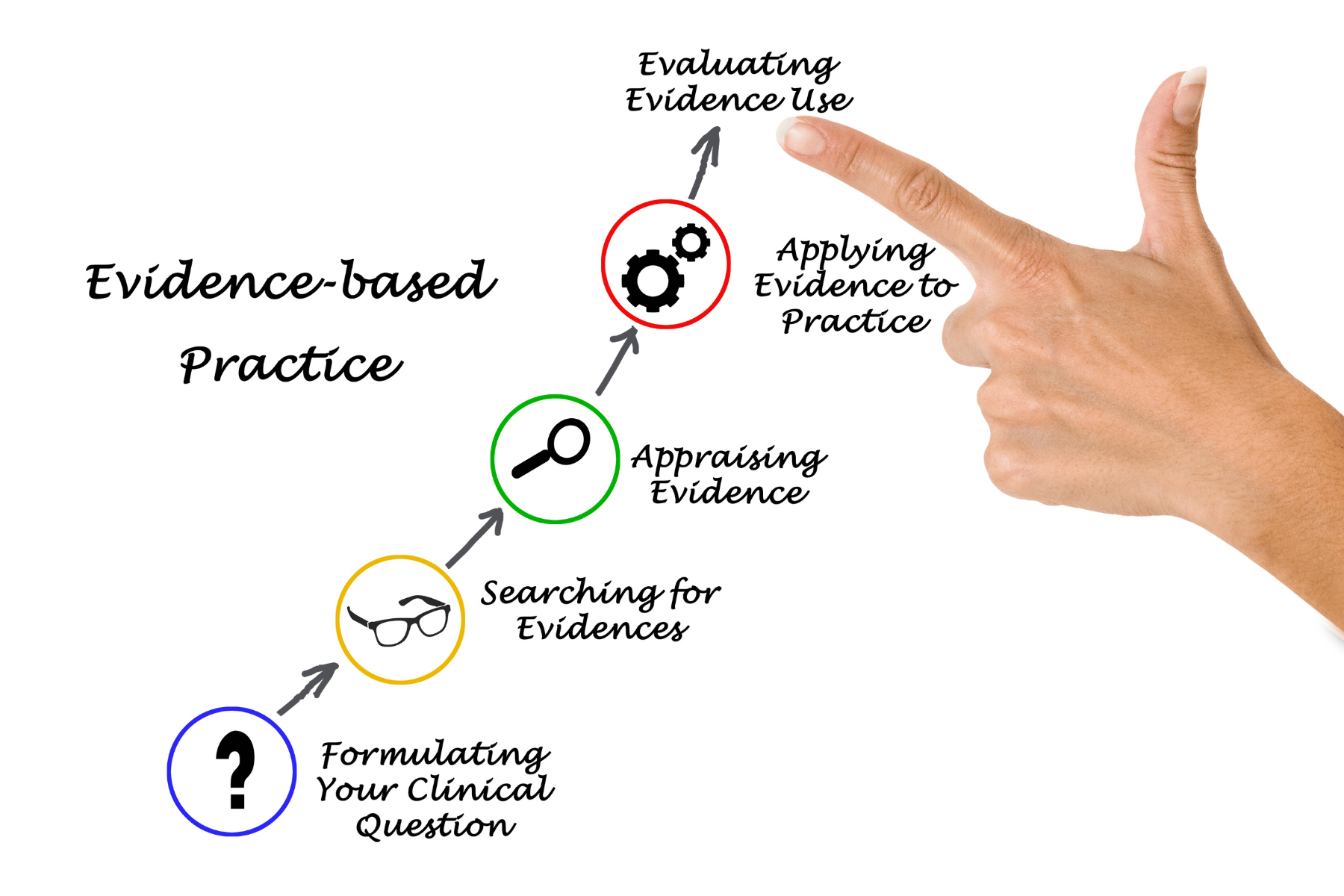What does AHPRA really mean by ‘acceptable evidence’?
One thing we have come across a lot when working with health practitioners is that many of them are unknowingly breaching the all-important AHPRA Advertising Guidelines. Before we get too carried away about how health practitioners breach them, it’s important to understand what AHPRA is and why they have advertising guidelines.
What is AHPRA and what do they do?
AHPRA stands for the Australian Health Practitioner Regulation Agency.
AHPRA is the national organisation that works in partnership with 15 national health practitioner boards (known as the National Boards) in Australia.
The core role of the National Boards and AHPRA is to protect the Australian public. One of the ways they do this is through advertising legislation.
Advertising is an important way health practitioners and providers of regulated health services promote their services to the public. However, advertising can greatly influence consumer decisions. False, misleading and deceptive health claims prevent consumers from making informed decisions about their health and any treatments they may need.
Advertising legislation has therefore been developed to protect consumers and ensure that any decisions they make regarding their health are made in an informed manner.
Many health practitioners are unknowingly breaching AHPRA advertising legislation. Continue reading to find out why.
Why do health practitioners breach AHPRA legislation?
One of the key areas health practitioners must be aware of is the need to ensure that any health claims, particularly around the benefits of treatment are backed up by ‘acceptable evidence’.
Unfortunately, this is the area where many practitioners unknowingly make misleading and deceptive claims and breach legislation.
At the heart of many misleading claims is the health practitioner’s genuine desire to help their patients, especially if they know that their treatment has been beneficial to past patients. This can cause practitioners to make claims that are deemed to be misleading and/or deceptive because they fail to cite AHPRA-approved ‘acceptable evidence’.
This brings us to the question…


Most health practitioners don’t know what AHPRA deems as ‘acceptable evidence’
What does AHPRA consider to be acceptable evidence?
First of all, it’s important to understand that acceptable evidence for advertising is different from acceptable evidence for clinical decisions.
When patients have an appointment with a healthcare practitioner, they have an opportunity to consider proposed treatment, risks and benefits and to discuss this in light of their personal circumstances, so they can make informed decisions.
Advertising doesn’t allow for this opportunity, which is why all claims need to be backed by ‘acceptable evidence’.
Being able to substantiate claims is called ‘acceptable evidence’. This mostly includes data from formal research or systematic studies in the form of peer-reviewed publications.
What does AHPRA really mean by ‘acceptable evidence’?
Evidence is deemed ‘acceptable’ if it rates highly against all the following factors:
Source
- The evidence supporting the claim must come from a publicly accessible and reliable source.
- It must be available in the English language.
- Findings must have undergone a peer-review process.
- The evidence should not involve conflicts of interest that may invalidate the research findings. Studies should declare if there is a conflict of interest.
Relevance
- The research question should be clearly stated in the study and be directly relevant to the claim.
- The findings of the study must be able to be applied to the patient population the advertising is targeting. (e.g. the study should have included participants in the same age group and a similar setting/location/country as the patients targeted in the advertising).
- Studies involving animals are not acceptable.
Inclusion
- All findings in your advertising must be included (i.e. negative and neutral findings); don’t just pick positive findings that support your claim.
- The most reliable studies come from multiple sources, not the same group of researchers.
- Results of the studies should have been tested over a wide range of circumstances to ensure results are reliable and stand up under scrutiny.
- Variations between studies should be able to be explained.
- Individual papers used within a systemic review cannot be used separately as additional evidence.
Level
- Systemic reviews are considered to be the highest-level evidence.
- Internationally/nationally accepted evidence-based guidelines may also be used as acceptable evidence.
Quality
- The study to be cited should meet quality guidelines, including selection criteria for study participants, reliable study methods, a suitable sample size to support findings confidently, and a discussion of potential bias factors occurred.
Strength
- The study should report and discuss all data rather than ‘cherry-picking’ data to meet an acceptable conclusion.
- The results should make sense biologically and physiologically.
- Evidence should be clinically significant (i.e. be meaningful in a clinical setting and not rely on statistical significance).
- Research should have statistical outcomes and clinical significance relevant to any claim to ensure that the findings of the study are meaningful in a real-world setting.
Acceptable evidence in health advertising must rank highly in terms of the source of evidence, its relevance, its inclusivity, quality and strength of findings.
When do you need to cite ‘acceptable evidence’?
If a health claim is used for advertising a regulated health service, then you must use acceptable evidence. If you don’t have acceptable evidence, you are not permitted to use that claim in advertising.
What is unacceptable evidence?


Studies that don’t include human subjects are not ‘acceptable evidence’
Unacceptable evidence includes:’
- studies that did not include human subjects
- studies with few or no controls
- self-assessment studies
- studies not applicable to the population that advertising is targeting
- outcome studies or audits (bias or other factors that may influence findings must be strictly controlled)
- anecdotal evidence either from patients or observations within a clinical setting.
Check your health claims
All health practitioners must now sign a document declaring that their health advertising is compliant with AHPRA’s advertising legislation. As health practitioners are responsible for their own advertising, this assumes that they have read, understood and checked the information on their website.
So ensure that you check that any health claim you make is backed up by ‘acceptable evidence’.
What happens if you’re non-compliant?
The good news is that if AHPRA finds something on your website that is non-compliant, they will let you know and give you an opportunity to correct it. However, failing to correct it can result in large fines. At the time of publication:
Advertisers who breach the National Law may be prosecuted and ordered to pay the penalty for every offence that breaches the law. Financial penalties will depend on the type of advertiser.
- Individuals can be fined up to $5,000 per offence.
- Body corporates can be fined up to $10,000 per offence.
Advertisers who unlawfully use a protected title are subject to larger fines.
- Individuals can be fined up to $60,000 per offence, imprisoned for up to 3 years per offence, or both.
- Body corporates can be fined up to $120,000 per offence.
AHPRA may also restrict your registration which may impact your ability to practice.
This blog was originally written by Nerissa Bentley, The Melbourne Health Writer. It has been reproduced with permission.


